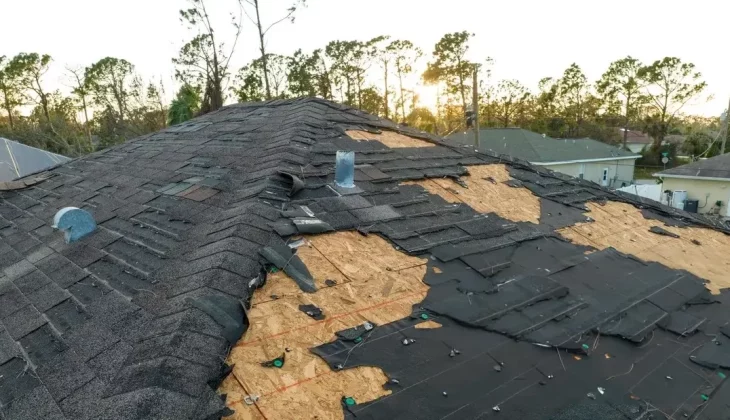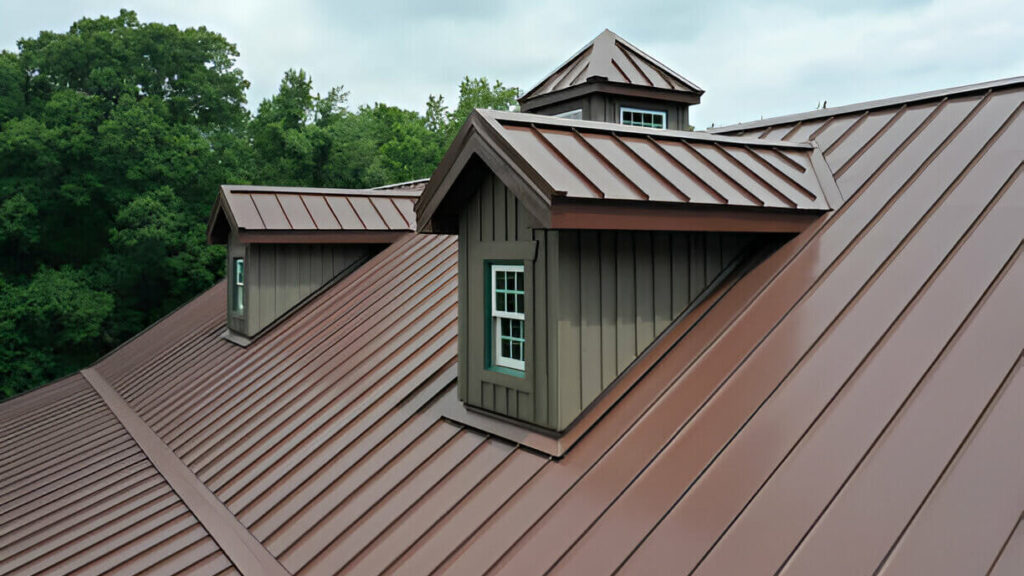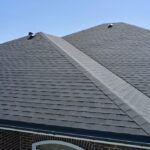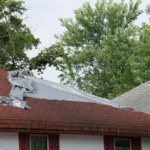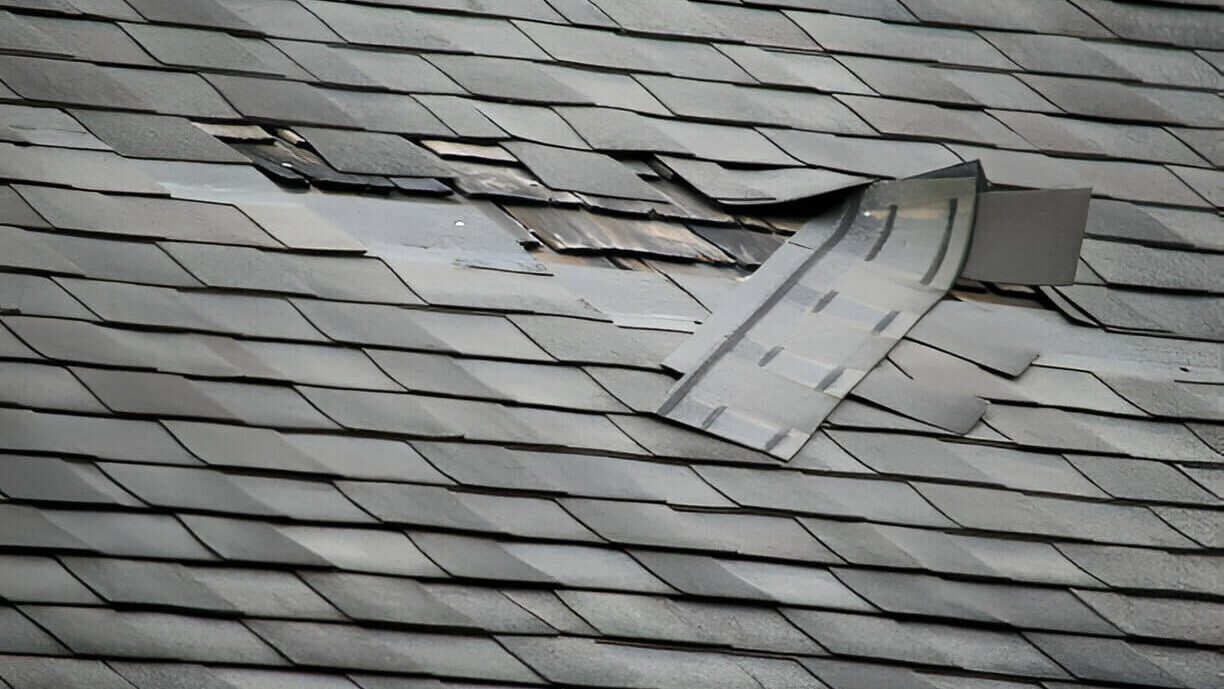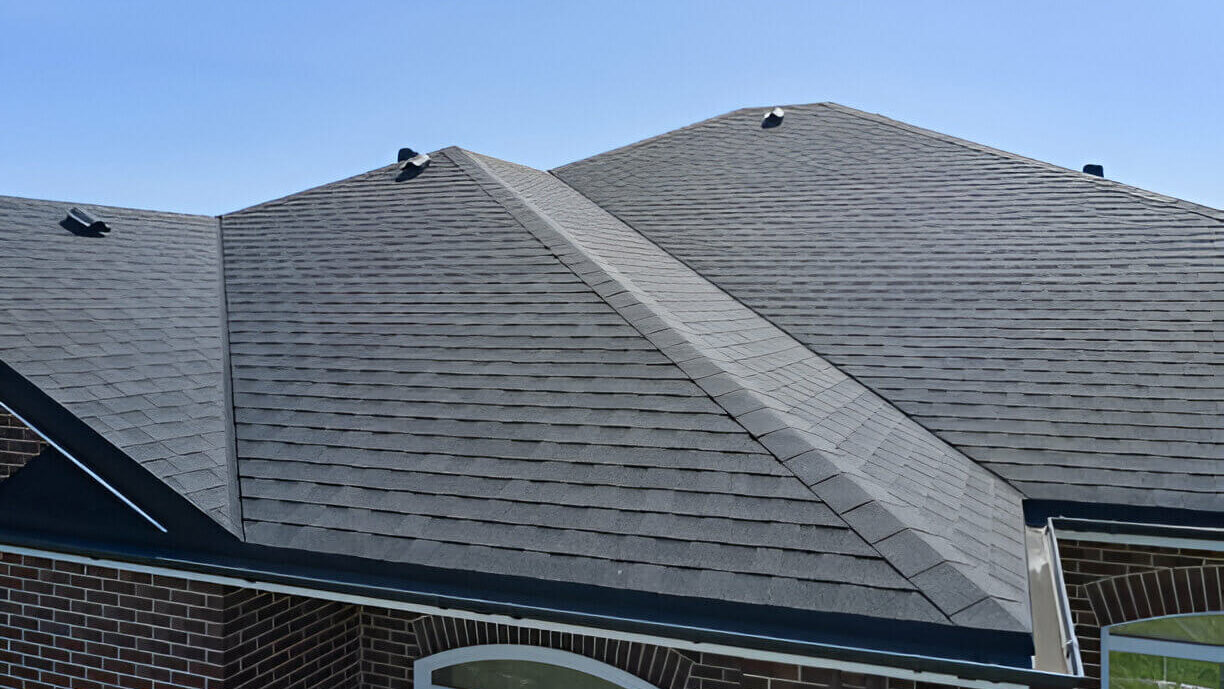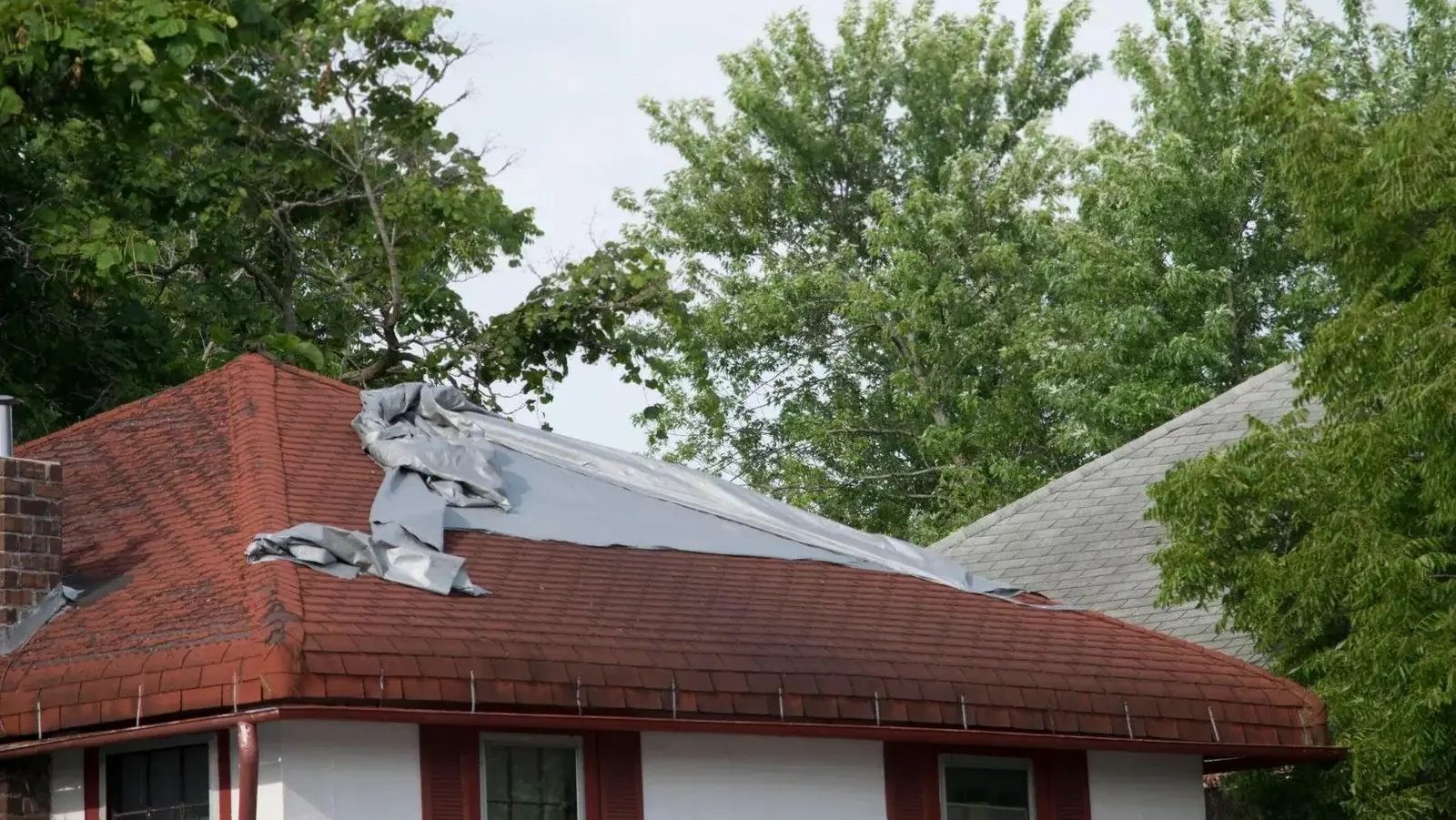Do you believe your home is resilient enough to withstand harsh weather? It is time to reconsider. While our roofs, gutters, and sidings are designed to endure, they are not waterproof. They can still be hit by severe storms.
Table of Contents
ToggleWhen you spot blisters, they are typically flat at the base, revealing the mat underneath. However, hail damage is a distinct type of damage. It creates a sloped imprint, resembling the shape of the ice ball that struck it.
Are you ready to take charge of storm damage prevention? We have prepared this guide to help you distinguish between blister and hail damage.
Get ready to strengthen your home against the next attack of severe weather.
What Is Roof Blistering?
Blisters on your roof show up when moisture or air gets comfortable under the roofing layers or cuddles up within the shingles themselves. As outdoor temperatures climb, the trapped air or moisture decides it is time to expand. This causes the asphalt to weaken, and a blister forms right there on your roof.

Often, these blisters are tiny and nothing to worry about.
But sometimes, they become gateways for rainwater, allowing it to sneak in and cause bigger, meaner blisters. If left unchecked, these annoying blisters could lead to leaks, pushing you to make that call for a shingle roof replacement.
What Is Hail Damage To Roof?
Hail can be slippery, often leaving subtle, circular dents in asphalt shingles where it knocks off granules.
Without raised edges around these dents, spotting the damage might require a closer look—maybe even a climb up a ladder to confirm it is genuine roof hail damage and not something else.
In 2022, the U.S. was hit by over 4,400 severe hail incidents, causing billions in property damage. Interestingly, State Farm noted a $1 billion spike in hail-related claims, thanks to an uptick in hail storms that year.
Roof Blistering Vs Hail Damage What’s Difference
1. Appearance
Roof blistering, a potentially serious issue, appears as raised bubbles or blisters on the surface of roofing shingles. These blisters, often larger than the marks left by hail, may have a soft or spongy feel when touched. They form due to trapped moisture or air within the shingle that expands under heat.
Hail damage, a common issue, presents as small dents or circular or irregular-shaped divots on the roof, often accompanied by cracked or missing shingles.
It typically leaves a distinct pattern reflective of the impact of the hailstones, similar to considering options for financing a roof when assessing damage costs, which can include dents and loss of granules from the shingles, exposing the underlying layers.
2. Pattern
Oddly enough, the wear and tear on your roof does not really pick a favorite spot—damage from the sun’s harsh rays can show up randomly, especially in the spots that get the most sunlight with blistering.
However, when hail throws a party, you can bet the damage will follow the moves of the wind, sometimes taking over large parts of the roof if the storm really decides to let loose.
3. Size of Damage
The size of blisters can vary widely but generally are larger and less uniform than hail damage marks.
Hail impacts create uniform marks that reflect the size of the hailstones involved, which can range from the size of a pea to larger than a golf ball, causing varying degrees of damage.
4. Depth of Damage
When hail strikes, it does not just scratch the surface; it sinks deep into your roof, right through to the base beneath those shingles.
Picture hailstones are coming down, creating circular or oddly shaped holes in the shingles, often surrounded by cracks. This is not just a surface scratch—it leads to granule loss, baring the layers below.
On the other hand, when you spot roof blisters, think of them as mere surface-level annoyances. These raised bubbles or blisters are just trapped moisture playing hide and seek under the shingle surface. Sure, they might show eventually, but they are shallow compared to the deep dive hail takes.
5. Underside of Shingle
Inspecting the underside of a shingle reveals the story of its problems, much like examining a metal and shingle roof combo for compatibility and resilience. If you are dealing with hail damage, you will spot the signifying stress marks or cracks right where those icy troublemakers hit.
However, if it is blisters you are worrying about, the underside usually stays clean unless those blisters show open — that is because blistering starts from the inside out, not due to any external misdeed.
6. Causes
The causes of these two types of damage are distinctly different. Hail damage is caused by the physical impact of hailstones striking the roof during severe weather conditions. The size, speed, and density of hailstones will affect the severity of the damage.
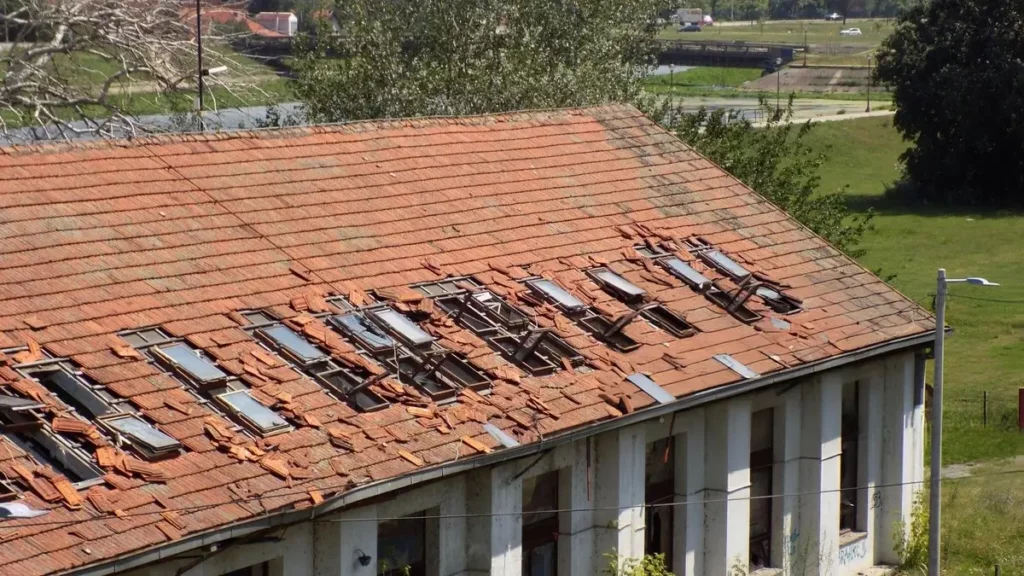
On the other hand, roof blistering is typically caused by internal factors such as poor ventilation in the attic, which leads to heat build-up or moisture trapped within the shingle layers.
Manufacturing defects and age-related wear can also lead to blistering.
Tips To Prevent Shingle Blisters
- Maintain Smooth Airflow: Ensuring your attic breathes is key to avoiding shingle blisters. By balancing attic temperatures and moisture levels, you sidestep the heat traps that cause irritating blisters. Equip your attic with the right intake and exhaust vents to keep air moving smoothly.
- Quality Shingles and Installation: Select premium shingles and hire a professional for installation. Poor work can trap moisture and air, the sinners behind blistering. Top-tier shingles stand a better chance against harsh conditions, with studies showing a significant reduction in blistering risks.
- Maintenance: A little care with regular roof check-ups can spot blistering before it balloons into bigger trouble. Tackling these signs early can constrain further damage.
- Adressing Environmental Hazards: Did you know tree sap and random trash can rough up your roof, increasing its blister risk? To minimize threats, keep branches trimmed and debris-free on your roof.
Hail Damage Vs Blistering FAQs
Why do roofs blister?
Roofs blister when air or moisture gets trapped between the roofing layers or within the shingles themselves. This can lead to raised areas that look like bubbles.
How long does it take for a roof to blister?
Depending on the environmental conditions and the quality of the roofing materials, a roof can start to blister in as little as a few months.
How do you get rid of blisters on your roof intact?
To solve roof blistering effectively, applying a high-quality product with a strong perm rating is key. For instance, Enduris roof coating is known for its excellent performance in maintaining roof integrity.
Conclusion
Hail hits vs blistering on your roof—spotted any after the latest storm? Do not sleep on those repairs; a delay could mean spending more cash later. Call an expert to kick off your storm repair services quickly.
Quick action not only saves your wallet but also protects your home in the long run.

